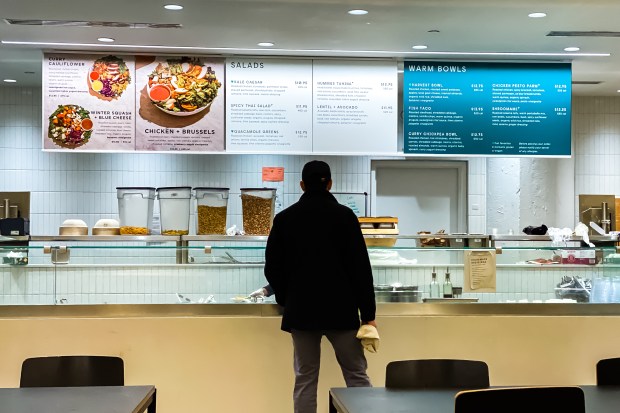Cava Sees IPO Success While Other Fast-Casuals Take Stock Market Hit

With the competitive environment for fast-casual chains looking for investors growing more crowded, other brands appear to be suffering from Cava’s success.
The fast-casual Mediterranean chain announced its initial public offering (IPO) after markets closed Wednesday (June 14), pricing its 14.4 million shares at $22, well above the company’s expected range of $17 to $19, and its $318 million haul reportedly made it one of the largest IPOs so far this year. Now, other fast-casual brands are seeing that one brand’s triumph may be another’s stumbling block.
Since the announcement, most publicly traded fast-casual brands have seen stock prices take a dip. As of 3:30 p.m. Thursday (June 15), Sweetgreen is down by 4%, Shake Shack by 2%, Portillo’s by 2%, Wingstop by 1%, Noodles & Company by 3% and Potbelly by 0.4%. It appears that only El Pollo Loco and Chipotle Mexican Grill are seeing increases, the former by 1% and the latter by an almost negligible less than 0.1%.
Notably, other kinds of restaurants’ stocks are not suffering the same impact, suggesting that investors are less worried about the competitive environment outside the fast-casual segment. Quick-service restaurant (QSR) chains Starbucks, McDonald’s, Domino’s Pizza, Restaurant Brands International and Yum Brands are all up since Cava’s announcement.
Notably, Cava, for its part, sees all of these companies as its competition.
“We face significant competition from national, regional and locally-owned restaurants, including limited service restaurants, particularly within the fast-casual dining and traditional fast-food categories, who offer in-restaurant, carry-out, delivery, and/or catering services,” the company stated in its Form S-1 filed with the Securities and Exchange Commission (SEC) last month.
The competitive challenges are exacerbated by the rise of digital ordering on third-party platforms, forcing restaurants to find ways to make their menus stand out on aggregators’ marketplaces. André Moraes, senior director of marketing at PepsiCo Foodservice and head of PepsiCo Foodservice’s Digital Lab, discussed these challenges in an interview with PYMNTS last fall.
“What we find many times is, scrolling through options of where to order from feels a lot like scrolling through what to watch,” Moraes said. “When you’re streaming something and when you’re ordering your meal, the experience tends to feel very similar. We’re accustomed to new content when we’re streaming content. We’re starting to find that consumers are really eager to find new options in dining.”
Ultimately, as the competitive landscape grows more crowded, the restaurants that will do the best will be those that provide the highest-quality food, followed by those that can establish the most name recognition, according to a PYMNTS report last year.
“The 2022 Restaurant Digital Divide: Restaurant Customers React to Rising Costs, Declining Service,” for which PYMNTS surveyed more than 2,300 U.S. restaurant customers, revealed that 64% of all consumers are influenced by the taste of the food when picking a restaurant, and 49% are influenced by familiarity with the brand. These priorities hold roughly constant even for low-cost meals, where consumers are spending less than $20.
